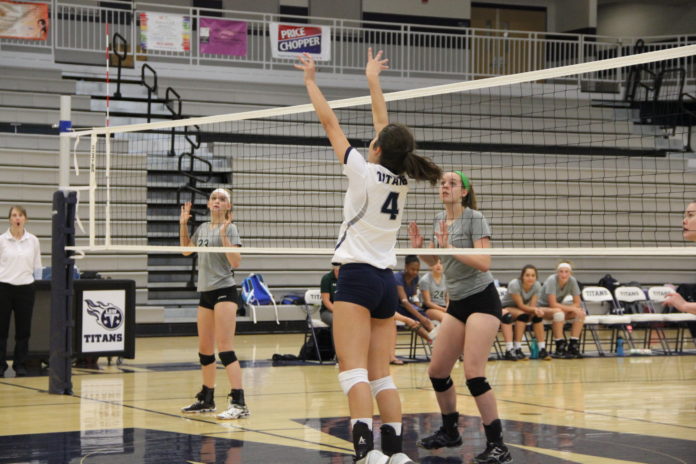
Story by Sophie Berning.
Controversy over the environmental, political and economical conditions of Rio caused the Summer Olympics of 2016 to hit the spotlight of the world.
Before the Olympics had even began issues were being raised with whether or not the country was ready for the responsibility. Brazil was having one of its worst recessions since the 1930’s.
Not to forget the Zika virus was spreading. People were also concerned over the quality of the water, which was home to all of the Rio’s sewage.
Yet, the Olympics began on August 5 and continued until August 21. The United States won a total of 121 metals, more than any other country.
But even with the Olympics of 2016 over the event is still hitting the news.
This time the issue was not Rio, but sexism.
Sexism is discriminating or having prejudice against someone based on sex.
Sophomore Audrey Ahrens, a member of the girls varsity volleyball team expressed how she felt about sexism.
“I think it’s hurtful putting this blanket over all women and saying that you are just property. It’s saying that you are only worth what your spouse is worth, or what the people around you are worth,” said Ahrens. “You don’t have your own personal value.”
Women were first allowed to join the Olympic Games in Paris in 1900. Only golf and tennis allowed women to partake.
After women’s boxing was introduced in the 2012 Olympic Games, women are now able to compete in all of the same sports as men.
“When the Olympics began there were no women in the Olympics which is automatically a disadvantage,” said Sophomore Maddy Ferguson, a varsity cheerleader. “Automatically women are at a disadvantage because they are seen as unequal and they have been every since the beginning of time pretty much.”
There were also issues rising with the size of the Olympians uniforms.
“The women’s uniforms are always small,” said Ahrens. “I did notice in volleyball it was the first year that people were allowed to pick what uniform they wanted. So there was a muslim women who decided to wear leggings, while her doubles partner didn’t have to.”
Ahrens was not the only one to notice that the women’s uniforms seem to be ever getting smaller. Jesse Griffin, coach of the girls cross country team also noticed the women’s uniforms.
“Men’s and women’s uniforms in track and field have gotten a lot more skin tight. I do think women’s uniforms have gotten smaller than men’s. Women wear spandex bottoms and tops which are way smaller,” said Griffin.
“I think when guys come to watch volleyball, there like let’s look at the butts. They don’t know much about the sport but they’re like, they’re attractive and their uniform shows it off,” said Ahrens.














